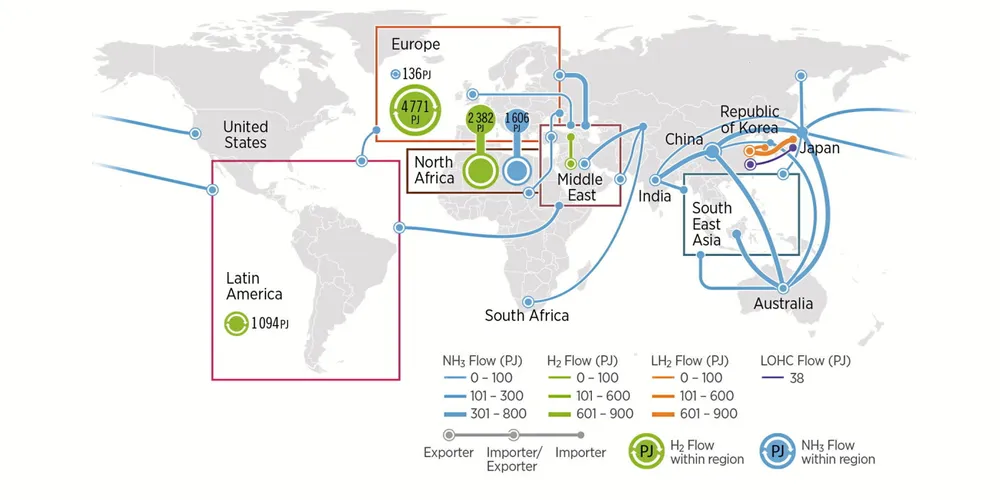US offshore wind's troubled waters, green hydrogen's rosy future... and all aboard for Bilbao
AGENDA | Our curation of the must-read news and analysis from the-week-that-was in the global renewable energy industry

AGENDA | Our curation of the must-read news and analysis from the-week-that-was in the global renewable energy industry
